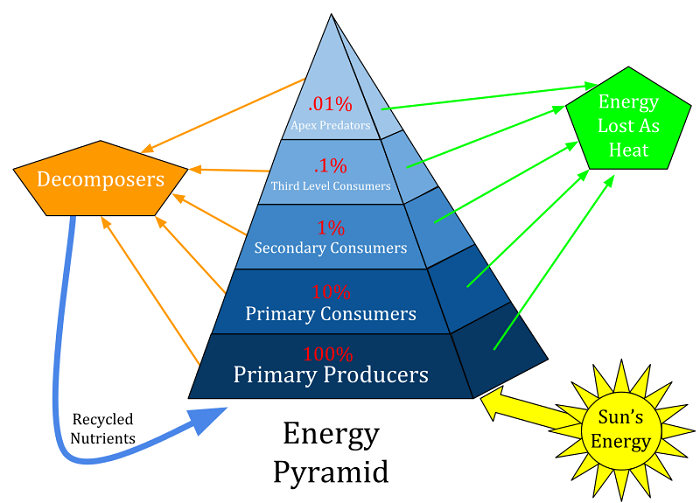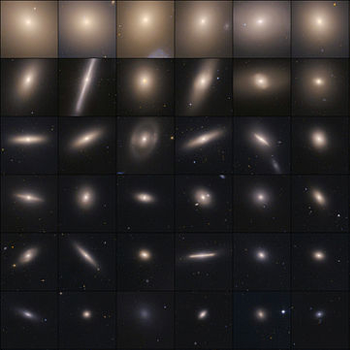How do plants and animals get their energy in different ways?
2 Answers
Usually through the sun for plants, and animals eat the plants.
Explanation:
Most, if not all plants are producers, and they make their own food using sunlight and raw materials, through a process called "photosynthesis". In return, the products are water
Animals however, are usually not producers, and therefore have to eat other organisms in order to gain energy. This can be explained through trophic levels, but animals usually get little amounts of energy in an ecosystem.
Here is a picture of the trophic levels:

I hope this helps!
Plants get their energy in form of starch whereas animals get it in form of glycogen.
Explanation:
Both involve alpha bonds (bonds used for energy storage).
Animals
In the form of GLYCOGEN-it’s a branched polysaccharide, made of monosaccharide glucose (sugar). It’s stored in our livers and muscles. When we need energy, this glycogen gets released into the bloodstream and breaks down into a monosaccharide- glucose. Gluscose is a simple sugar used for instant energy :)
Plants
They store it in the form of starch, which is also a polysaccharide.
Plants have two ways of storing energy
1) as Amylose (chained)
2) as Amylopectin (branched just like glycogen in animals)
I hope this helps :)



